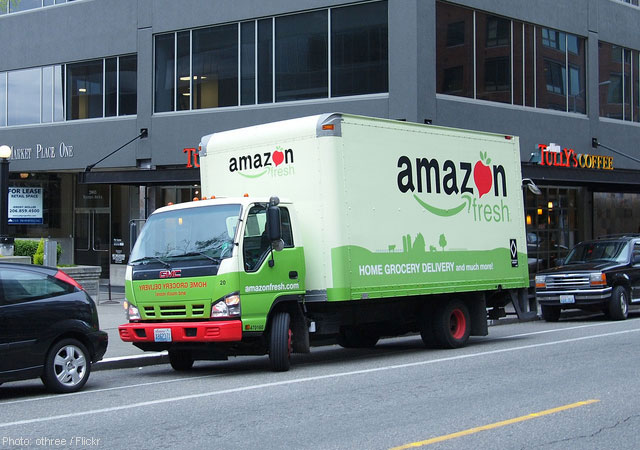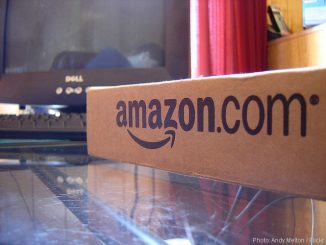While more and more brick and mortar stores are turning to the internet to attract more customers, Amazon.com, Inc. (NASDAQ:AMZN), one of the first online stores to engage in e-commerce, is doing business in reverse: opening new physical stores in key cities across the US, most recently in Chicago and Portland. Amazon’s first physical bookstore was opened in its Seattle hometown in 2015. Since then, the company announced plans to open more stores, particularly in San Diego and New York.
The online retail giant kept mum on the details of its strategy to expand in the world. And even at the company’s annual meeting earlier this summer, CEO Jeff Bezos said he was unsure how many physical stores Amazon will open in the near future.
“We’re definitely going to open additional stores, how many we don’t know yet. In these early days it’s all about learning, rather than trying to earn a lot of revenue,” Bezos said.
Despite being a market leader in the ecommerce segment, why is Amazon gambling so much on traditional retail? One analyst believes the company is out to finish what it started in 1995 when Amazon launched its online bookstore.
In an interview, Jenn Risko, co-founder and publisher of the industry site Shelf Awareness said that independent booksellers generate about $800 million in sales in 2015 alone, something that Amazon will lovingly go after.”
“If you think about the fact that Amazon publishes lots of books, it’s virtually impossible for them to get them on any shelves whatsoever. Both the independent bookstores and Barnes & Noble bound together and said, “We will not carry the Amazon-published books.” We always like to joke at Shelf Awareness that this is one way for them to finally get their publications onto some shelves,” she added.
Incredibly, about 92% of all retail sales transactions are done via physical stores, a fact that Amazon cannot ignore, says consultant Howard Davidowitz, head of Davidowtiz & Associates. He added that Amazon’s venture into real bookstores makes total sense because of its potentials.
“They’re hiking into Rome with everything burning around them saying, “That looks good, too,” Risko said.
Through its physical stores, Amazon can sell its own products, including the Echo, the company’s in-home entertainment speaker. Morningstar analyst R.J. Hottovy also noted that customers could also pick up, return, or browse products from Amazon’s physical stores. Hottovy considers Amazon’s stock, which closed at a staggering $769 per share last Friday, as undervalued.
Although the company is benefitting from the boom in eCommerce and the rapid growth of its cloud computing business, Amazon is not done attracting more customers.
The e-commerce giant continues to reach out to customers through traditional retail by launching its own grocery delivery services via Amazon Fresh and Prime Now. Amazon is also set to introduce a new line of branded products, including home goods and perishables.
- Bulenox: Get 45% to 91% OFF ... Use Discount Code: UNO
- Risk Our Money Not Yours | Get 50% to 90% OFF ... Use Discount Code: MMBVBKSM
Disclaimer: This page contains affiliate links. If you choose to make a purchase after clicking a link, we may receive a commission at no additional cost to you. Thank you for your support!




Leave a Reply